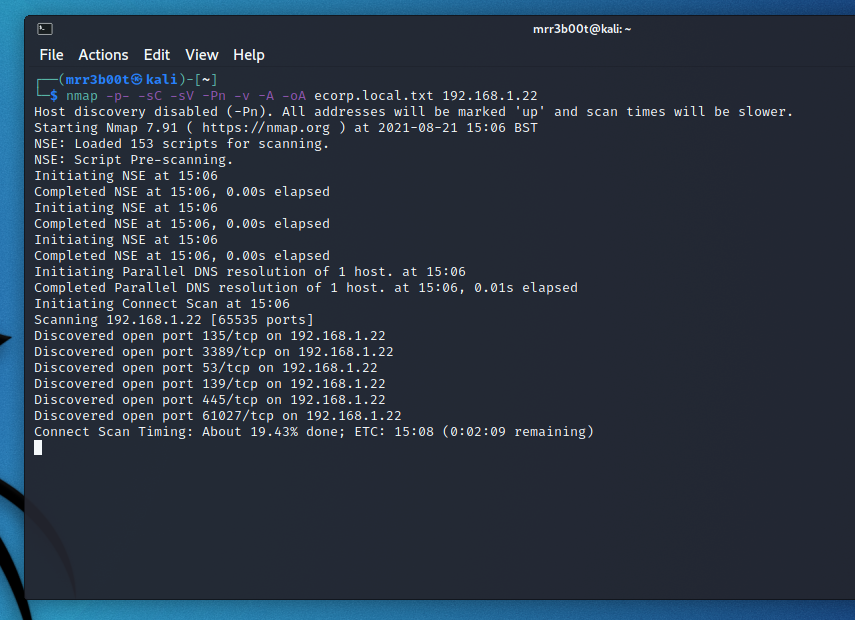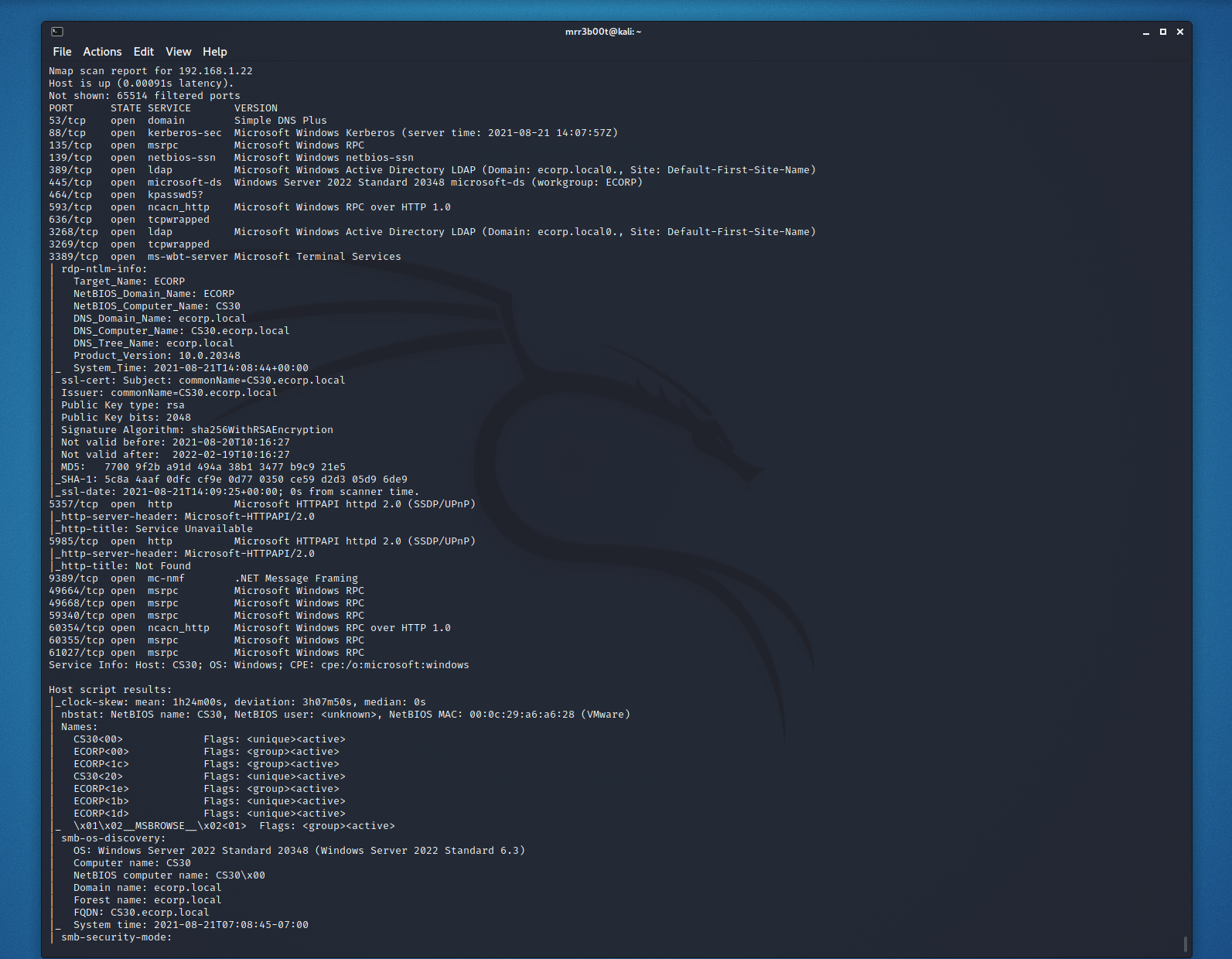 Education
Education
PWNDEFND: Known Exploitable Vulnerabilities (KEV) – AKA: Offensive KEV
There’s thousand of vulnerabilities, but do you ever struggle work out what ones might actually be useful to you if you are defending or attacking?
Well don’t worry I’ve started to document some things that might help you both attack and defend in CYBERSPACE!
Read more “PWNDEFND: Known Exploitable Vulnerabilities (KEV) – AKA: Offensive KEV”








